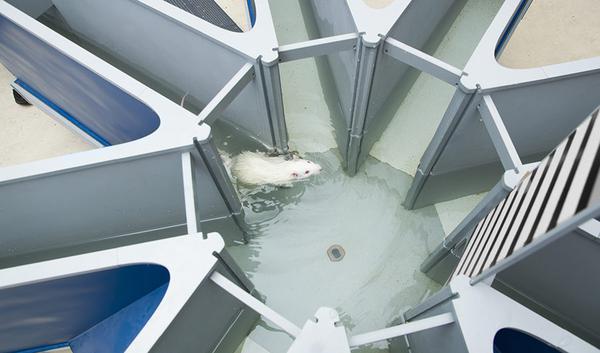
Neural Networks Can Manipulate Mammograms and Fool Radiologists
A cyber attacker could potentially insert a feature that looks like cancer into a scan, or remove it, researchers warn.
(Inside Science) -- Researchers have developed a method for augmenting mammograms that could one day help radiologists evaluate medical scans and identify early warning signs of cancers that may not be easily spotted by a human, but the scientists also warn of potential misuses of the software.
The research team from the University Hospital of Zurich in Switzerland used a dee
(Inside Science) -- Researchers have developed a method for augmenting mammograms that could one day help radiologists evaluate medical scans and identify early warning signs of cancers that may not be easily spotted by a human, but the scientists also warn of potential misuses of the software.
The research team from the University Hospital of Zurich in Switzerland used a dee






